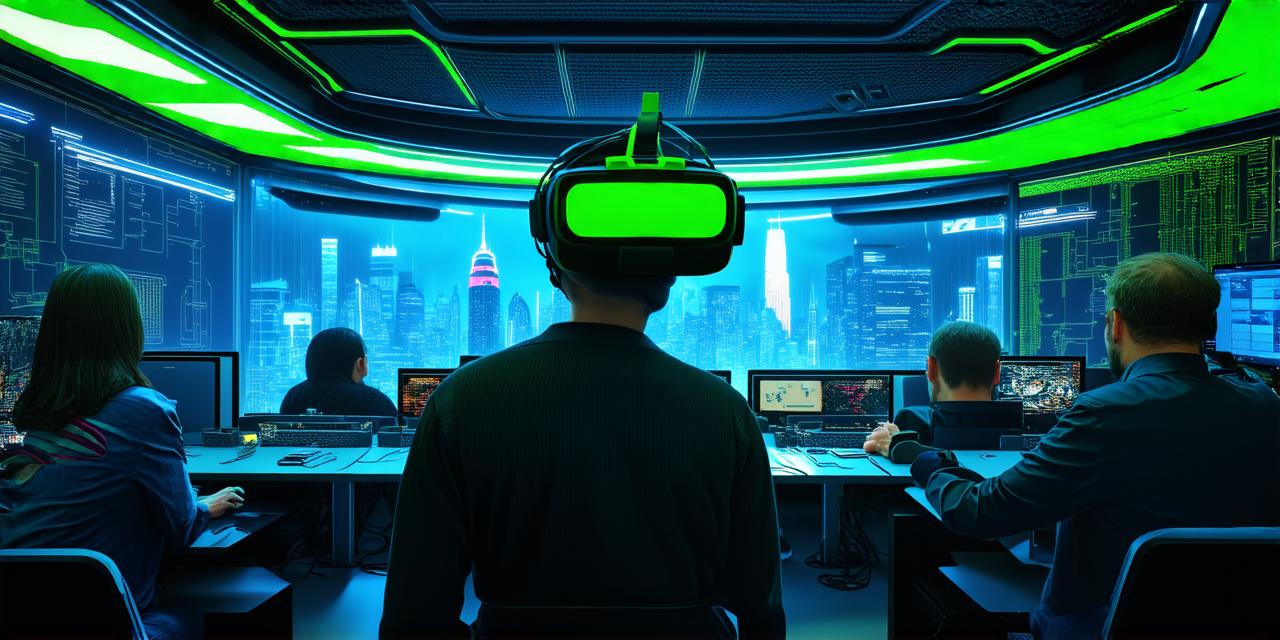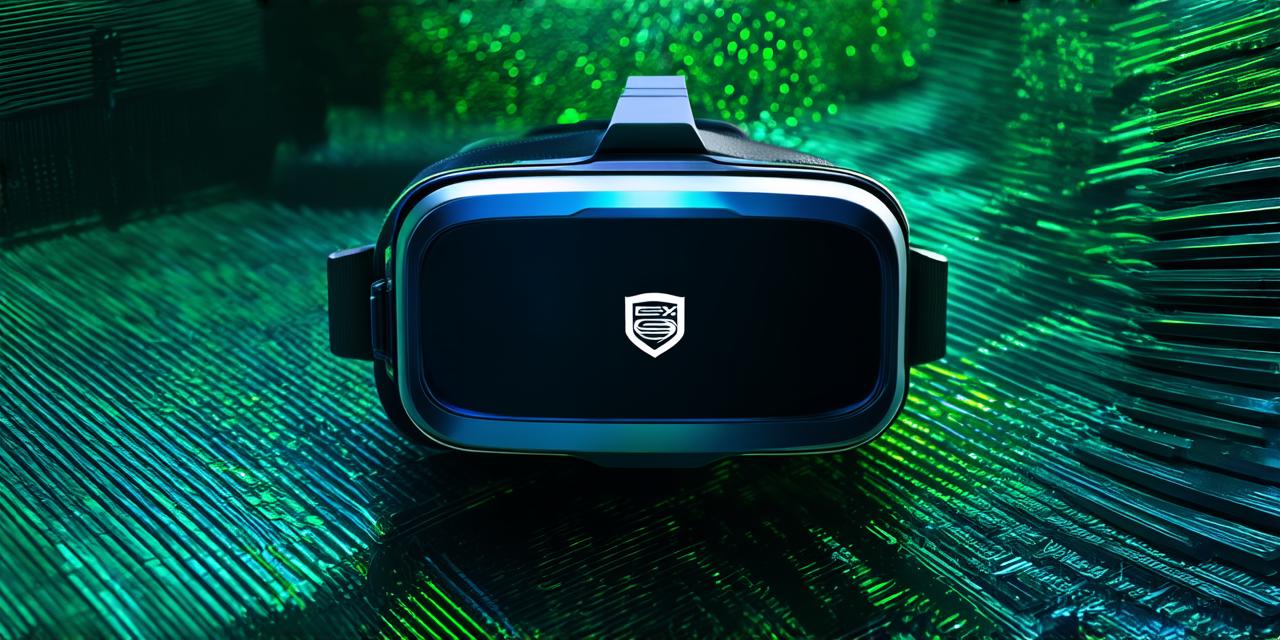Augmented Reality
What is AR?
AR is a technology that overlays digital content on top of the real world, creating an enhanced view of the environment around us. This can include things like graphics, animations, and even sounds that appear to be in the same space as physical objects.
How does AR work?
AR works by using sensors and cameras on a device, such as a smartphone or tablet, to track the real-world environment. This information is then used to create a 3D model of the environment, which can be overlaid with digital content.
Examples of AR in action
One popular example of AR is the use of augmented reality in mobile games, such as Pokemon Go. In this game, players use their smartphones to scan real-world environments, and virtual creatures appear in the same space as physical objects. Another example is the use of AR in interior design, where a customer can see what a new piece of furniture would look like in their home before buying it.
Virtual Reality
What is VR?
VR is a technology that completely immerses users in a digital environment, replacing the real world with a simulated one. This can include things like 3D graphics, virtual sounds, and even haptic feedback that makes users feel as though they are in a different space.
How does VR work?
VR works by using sensors and cameras to track a user’s movements and create a realistic simulation of the environment around them. This can be experienced through a headset or other wearable device, such as a pair of virtual reality glasses.

Examples of VR in action
One popular example of VR is the use of virtual reality in gaming, where users can fully immerse themselves in a digital world and interact with virtual objects in a realistic way. Another example is the use of VR in training simulations, such as flight simulators or medical simulations, where users can practice real-world skills in a safe and controlled environment.
Key Differences
Field of view
One key difference between AR and VR is the field of view. AR overlays digital content on top of the real world, which means that the user can still see the physical environment around them. VR, on the other hand, completely immerses users in a virtual environment, so they are not able to see the real world.
Interaction
AR allows users to interact with both the digital and physical environments, while VR only allows interaction with the virtual environment. This means that AR can be used for tasks such as interior design or product visualization, where users need to interact with the real-world environment to see how something would look in that space. VR is better suited to tasks such as gaming or training simulations, where users need to fully immerse themselves in a virtual world and interact with virtual objects.
Cost
AR can be implemented on a smartphone or tablet, which means it doesn’t require expensive equipment. VR, on the other hand, requires specialized hardware, such as a headset or other wearable device, which can be expensive.



